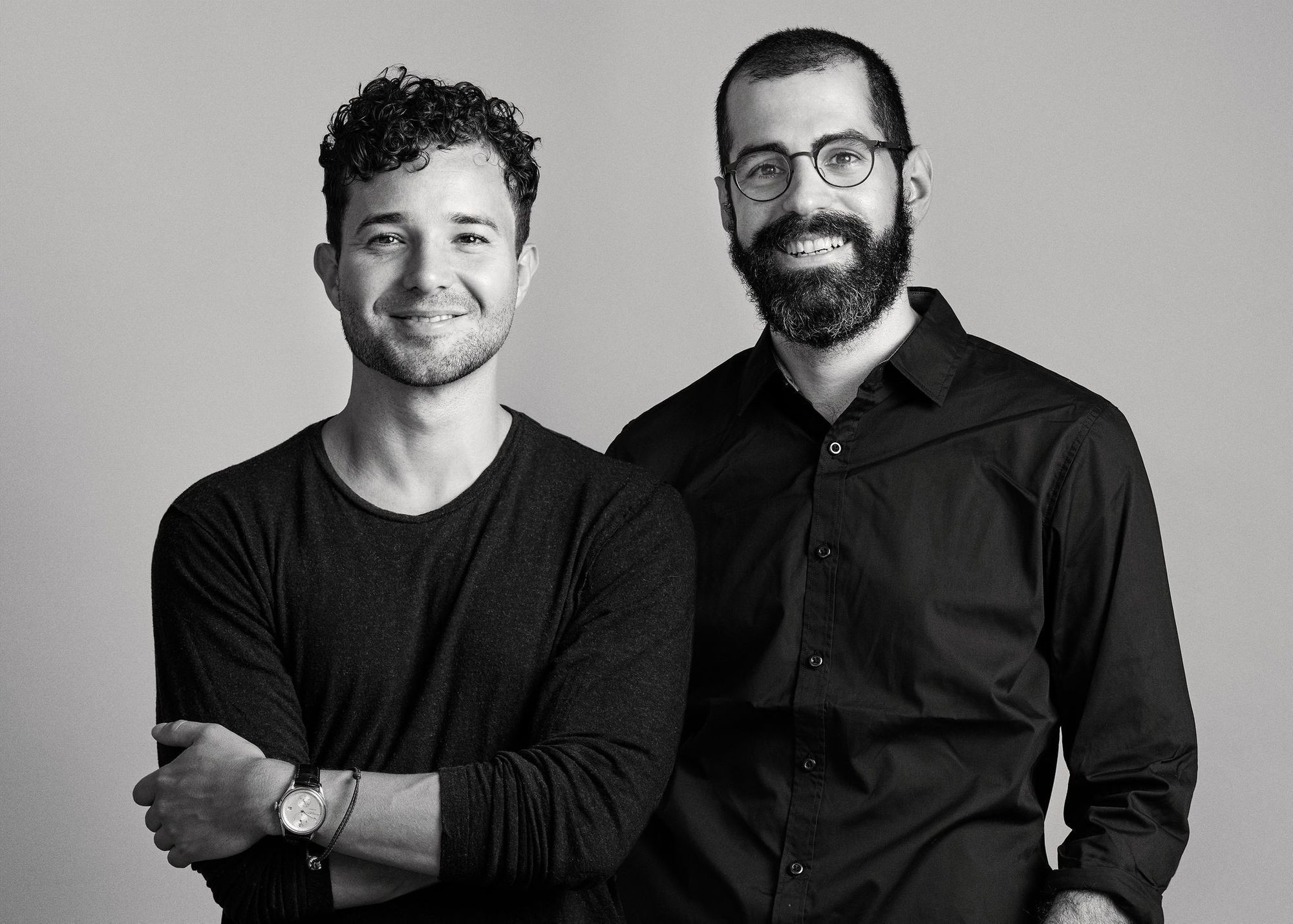Lightning Doesn't Strike Twice
By now, it’s no secret that over the past decade, deep learning has emerged as an impactful evolution of artificial intelligence, achieving significant advances in natural language processing, speech recognition, and computer vision. While deep learning has developed rapidly in the realm of academic research, and is expanding within Silicon Valley technology titans, it remains an emerging force in commercial deployment.
To stay competitive, companies in sectors including media, travel, transportation, retail, financial services, and healthcare are looking to deploy cutting-edge deep learning capabilities. These companies are not only quickly assembling top data science and engineering talent, but will also need to provide those teams with powerful and flexible enabling platforms and infrastructure.
Making it dead simple for everyday AI practitioners to harness best practices hot off the academic press is the core mission of Grid AI, an open-core provider of deep learning infrastructure. Late last year, we co-led a seed financing for the team, and today, Bain Capital Ventures is thrilled to re-invest as part of the Series A, led by our friends at Index Ventures. Grid has now raised a total of $18.6M.

Will Falcon, Grid’s co-Founder and CEO, worked at Facebook AI Research while completing his PhD with Professors Yann LeCunn and Kyunghyun Cho at New York University. As he sought to implement models that he read about in academic papers, Will was frustrated with the amount of boilerplate code that had to be replicated for every project. That led him to create PyTorch Lighting, an open-source library that abstracts away much of the generic portions of machine learning code.
Lightning makes it easier to run models across infrastructure, and therefore to reproduce and adapt models created by others. Put simply, building applications based on deep learning involves a significant amount of busywork, and Lightning saves developers time and allows them to focus on the aspects that are actually differentiated. The community embraced this solution immediately, and two months in, the project already had 2,800+ GitHub stars, 65,000 downloads, and a wave of contributors and collaborators.
Will realized that he needed a team and found the perfect partner in Co-Founder & CTO Luis Capelo, who previously led machine learning and data engineering at Glossier. Together, the founders combine experience in high-level academic research with real-world applications of machine learning in a commercial setting. Since BCV’s first investment, we have been impressed (though unsurprised) to see Will and Luis attract an exceptional core team of top engineers and technologists from Google, Facebook, Microsoft, and Cloudera.
It’s very early in the Grid journey, but less than a year since launch, the project now sees hundreds of thousands of downloads a month. Data scientists and engineers at hundreds of companies, including Facebook, Uber, and Nvidia, already use Lightning—and often contribute to the open source code—to incorporate deep learning into their applications. As Lightning emerges as a framework of choice for model selection and adaptation, machine learning teams are looking to Grid to solve adjacent needs, such as model collaboration and data integration.
This combination of unique team, vision, technology, and community is electrifying—and, like “lightning”, doesn’t strike twice. We are delighted to partner with Will and Luis and provide the resources they need to reinvest in Lightning, build Grid, and enable every machine learning practitioner (and their team) to deploy deep learning.
I originally published this announcement in Ideas from Bain Capital Ventures.
